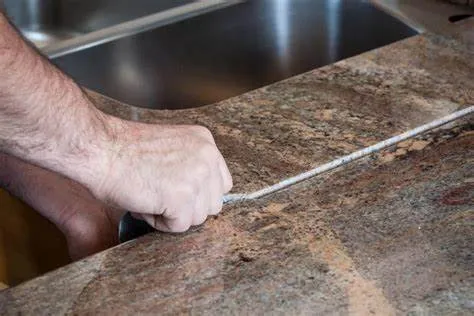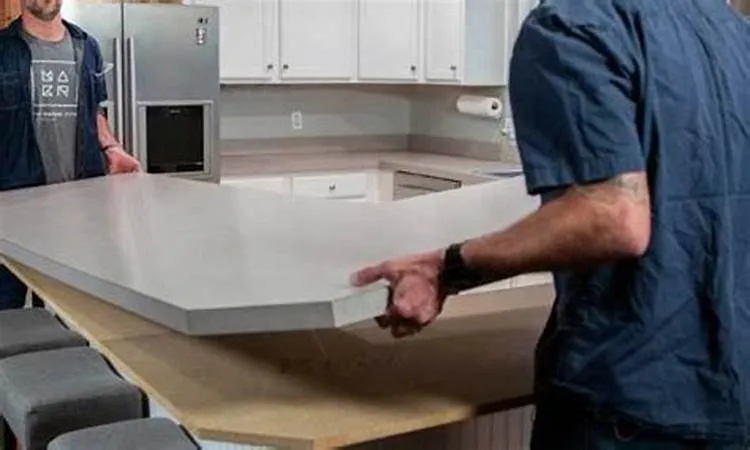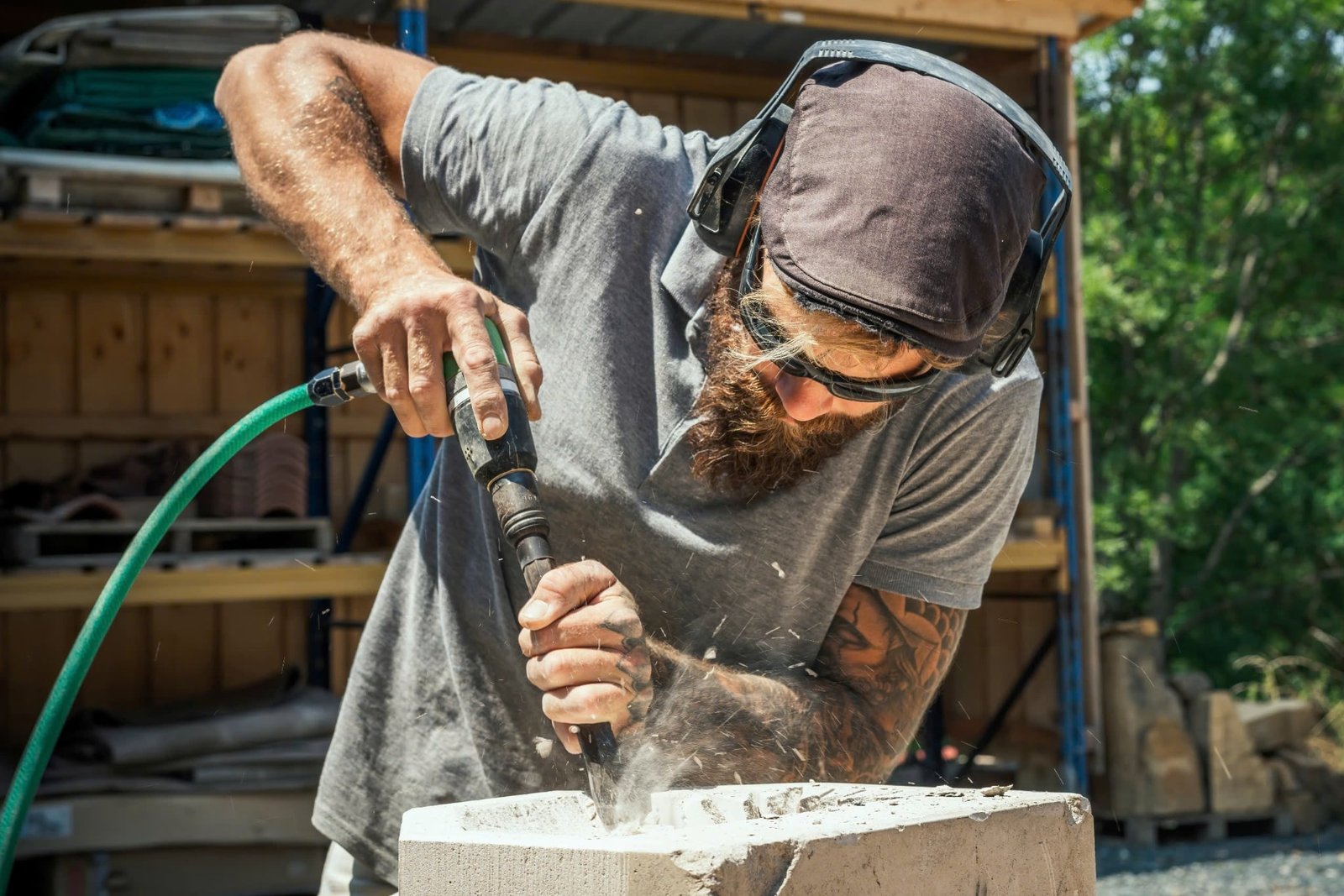
Whether you're a DIY enthusiast or a professional fabricator, learning how to edge granite countertops is an essential skill
Whether you’re a DIY enthusiast or a professional fabricator, learning how to edge granite countertops is an essential skill. The edge finish enhances appearance, delivers functionality, and protects your investment from chips and wear. Guide yourself through the process—from preparation to final polish—to achieve stunning results with any granite countertop design.

Why Edge Finish Matters
- Aesthetic appeal: A well-executed edge profile elevates the elegance of your granite slab.
- Durability: Rounded or detailed edges reduce chipping and damage.
- Value: Custom edges add perceived value and can increase granite countertop prices.
- Functionality: Smooth edges prevent daily wear—ideal for kitchen or bathroom use.
Popular Granite Edge Profiles
Choose an edge profile that suits your style and space:
- Eased Edge – Simple, slightly rounded, ideal for modern kitchens.
- Bevel Edge – Clean 45° angle for contemporary looks or to disguise corner imperfections.
- Full Bullnose – Fully rounded edge that’s kid– and pet–friendly.
- Ogee – Classic S‑curve edge for traditional or luxury designs.
- Dupont or Waterfall – Dramatic thick edge with waterfall effect—bold and upscale.
- Chiseled or Rock Face – Natural, rugged edge perfect for rustic environments.

Tools & Materials Needed
To edge a granite countertop, gather the following:
- Angle grinder or wet polisher with variable speed
- Diamond polishing pads (grit range: 50 → 3000)
- Edge template (for precise ogee or Dupont edges)
- Support clamps and sturdy surface
- Water source (for wet sanding operations)
- Safety gear: goggles, gloves, mask
- Level and ruler
- Polish or sealant for final shine
Step-by-Step Granite Countertop Edging Process
1. Prepare the Workspace
- Secure your granite slab on a flat, stable surface using clamps.
- Ensure your template matches the chosen profile (especially for ogee or Dupont edges).
2. Rough Shaping with Coarse Grit (50–100)
- Attach a 50 or 100 grit pad to your polisher.
- Gently shape the edge, following your chosen profile.
- Keep the tool moving to prevent flat spots or heat buildup.
3. Medium Smoothing (200–800 Grit)
- Transition to mid-grit pads to refine the edge shape.
- Maintain consistent motion for uniform edges.
- Inspect edge frequently to catch uneven areas early.
4. Polishing (1500–3000 Grit)
- Finish with high-grit pads to bring out the natural sheen.
- Use water when polishing indoors to control dust.
- Employ a soft cloth or buffing pad for final buff.
Seaming and Edge Blending
Blending edges where two slabs meet:
- Dry-fit both slabs over the cabinets.
- Clean surfaces and apply color-matched epoxy to seams.
- Use seam alignment tools to pull slabs tight.
- Polish seam edges to match the rest of the countertop.
For more on this process, check how to edge granite countertops?
Maintenance After Edging
- Clean with pH-neutral stone cleaner.
- Apply granite countertop sealant annually to edges.
- Wipe up spills promptly—edges are more vulnerable to water intrusion.
- Avoid harsh chemicals for regular granite countertop cleaning.
Matching Design and Edge Profiles
Edge choice should complement:
- Kitchen countertop style: e.g., streamlined eased edges for modern spaces
- Granite countertop colors: lighter hues show polish more clearly
- Overall design theme: such as ogee edges for traditional elegance
- Compatibility with cabinetry and backsplash
When to Hire a Pro
- Complex edges (Ogee/Dupont) require precision and specialized equipment.
- Large slabs (greater than 8 feet) are safer with professional tools.
- Seams and surfaces with inlays or sink cutouts benefit from expert alignment.
Even if you’re installing yourself, professional edge finishing can elevate your project.
FAQs
Can you edge granite countertops after installation?
Yes, using handheld tools—though it’s more challenging and often messy.
How long does edging take?
Simple eased edges: ~1 hour per edge. Complex profiles: 3–4 hours per slab.
How much does professional edging cost?
Ranges from $10–$30 per linear foot depending on edge style and precision.

